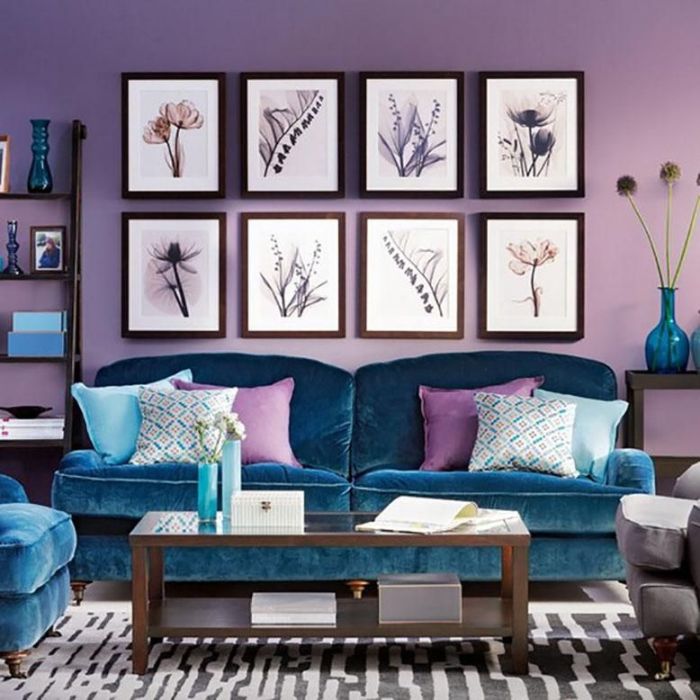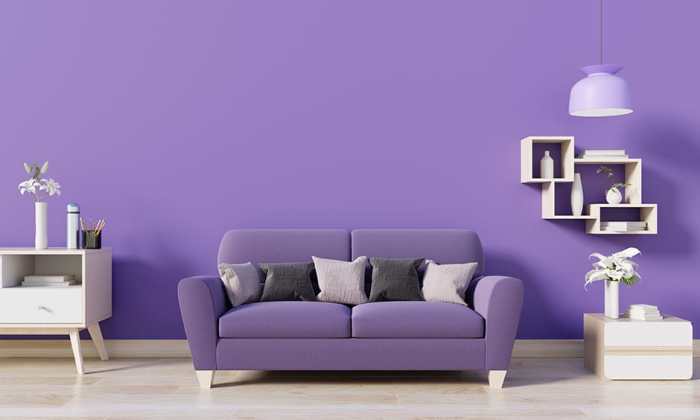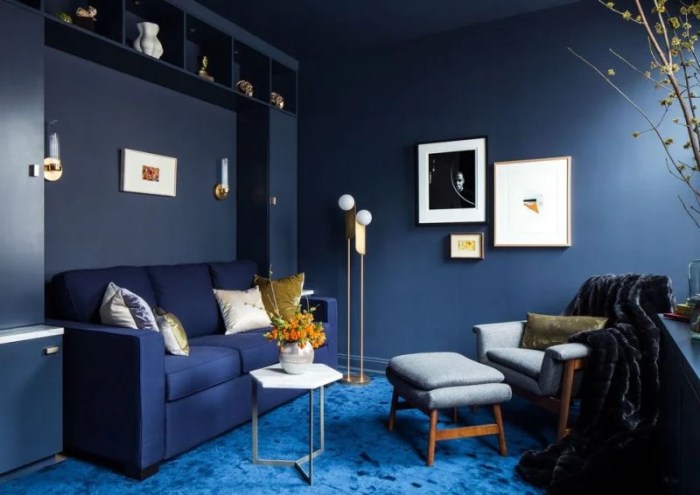Room Colour Design: Setting the Tone for Your Space
Room colour design sets the stage for this enthralling narrative, offering readers a glimpse into a story that is rich in detail and brimming with originality from the outset. From the impact of colors on mood to selecting the right color palette, this topic delves into the art of transforming spaces through the use of color.
As we explore the importance of room color design, the nuances of choosing the right color palette, and the latest trends in color schemes, readers will embark on a journey of creativity and inspiration in the world of interior design.
Importance of Room Color Design

Room color design plays a crucial role in setting the mood and influencing the perception of a space. The colors we choose for our walls, furniture, and decor can have a significant impact on our emotions and overall well-being.
Different colors are known to evoke different emotions. For example, warm colors like red, orange, and yellow can create a sense of energy, warmth, and excitement. On the other hand, cool colors like blue, green, and purple are known for their calming and soothing effects.
Neutral colors like white, beige, and gray can create a sense of balance and simplicity.
Role of Natural Light in Influencing Color Choices
Natural light plays a crucial role in influencing the way colors appear in a room. Rooms with ample natural light tend to showcase colors more vibrantly and accurately. It is essential to consider the direction and intensity of natural light when choosing color schemes for a room.
For instance, north-facing rooms receive cooler light, which may enhance the appearance of warm colors, while south-facing rooms receive warmer light, which may complement cool colors.
Choosing the Right Color Palette
When it comes to selecting the right color palette for a room, there are several factors to consider to ensure a cohesive and harmonious design that suits the space. The first step is to consider the size and purpose of the room.
For smaller rooms, lighter colors can help create a sense of space and airiness, while darker colors can add coziness but may make the room feel more cramped. In larger rooms, bolder colors can be used to make a statement without overwhelming the space.Understanding the difference between warm and cool colors is essential.
Warm colors like red, orange, and yellow can create a sense of energy and intimacy, making them ideal for social spaces like living rooms or dining areas. On the other hand, cool colors like blue, green, and purple evoke calmness and serenity, making them perfect for bedrooms or home offices.To create a cohesive color scheme for a room, start by choosing a main color as a base and then incorporating complementary colors to add depth and interest.
Utilizing a color wheel can help in selecting colors that harmonize well together. Consider using different shades and tones of the same color to create a monochromatic scheme or mix complementary colors for a more dynamic look.
Tips for Creating a Cohesive Color Scheme
- Choose a main color as a base and incorporate complementary colors for depth.
- Utilize a color wheel to select harmonizing colors.
- Experiment with different shades and tones of the same color for a monochromatic scheme.
- Mix complementary colors for a dynamic and visually appealing look.
Popular Color Trends

When it comes to room color design, staying up-to-date with popular color trends can help you create a space that feels both modern and stylish. Let's explore some of the current trends in room color design and how they can elevate your home decor.
Current Color Trends
- Earthy Tones: Colors inspired by nature such as sage green, terracotta, and warm browns are gaining popularity for their calming and grounding effects.
- Monochromatic Schemes: Using varying shades of the same color can create a sophisticated and cohesive look in any room.
- Bold Accents: Incorporating bold and vibrant colors as accents through furniture, artwork, or accessories can add a pop of personality to your space.
Timeless Color Combinations
Some color combinations have stood the test of time and continue to be a go-to choice for many interior designers. These timeless pairings work well together and can create a harmonious atmosphere in your home
- Black and White: A classic combination that exudes elegance and sophistication, black and white can be used in various design styles to create a timeless look.
- Blue and White: This fresh and crisp pairing is perfect for creating a serene and airy feel in any room, making it a popular choice for bedrooms and bathrooms.
- Neutrals with a Pop of Color: Mixing neutral tones such as beige, gray, or taupe with a vibrant pop of color like mustard yellow or emerald green can add visual interest without overwhelming the space.
Cultural Influences on Color Choices
Color choices in interior design are often influenced by cultural preferences and traditions. Different regions around the world have unique color palettes that reflect their heritage and environment.
- Scandinavian Influence: Scandinavian design often features light, neutral colors like white, soft grays, and pale blues to create a sense of calm and simplicity.
- Moroccan Inspired Hues: Rich jewel tones such as deep blues, vibrant reds, and golden yellows are commonly seen in Moroccan decor, reflecting the vibrant culture and landscape of the region.
- Asian Serenity: Soft shades of green, muted blues, and warm neutrals are popular choices in Asian-inspired interiors, promoting a sense of tranquility and balance.
Techniques for Small and Large Rooms
When it comes to room color design, the size of the space plays a crucial role in determining the color palette. Here are some techniques for making small rooms appear larger and creating a cozy atmosphere in large rooms, as well as finding the right balance of light and dark colors in different-sized spaces.
Making Small Rooms Appear Larger
Small rooms can feel cramped and claustrophobic if not decorated properly. Using light colors such as soft neutrals, pastels, and whites can help create an illusion of more space. Light colors reflect natural light, making the room appear brighter and more open.
Avoid using dark colors as they tend to absorb light and make the room feel smaller.
Creating a Cozy Atmosphere in Large Rooms
Large rooms can sometimes feel cold and uninviting due to their size. To make a large room feel cozier, consider using warm, rich colors like deep reds, oranges, and browns. These colors can create a sense of intimacy and comfort, making the space more inviting.
Additionally, incorporating textured fabrics and accessories can add warmth and depth to the room.
Balance of Light and Dark Colors
When it comes to choosing a color palette for different-sized spaces, striking a balance between light and dark colors is essential. In small rooms, it's best to use lighter colors on the walls to create an airy and spacious feel.
You can then add pops of darker colors through furniture and accents to create depth and contrast. In larger rooms, you have more flexibility to incorporate a mix of light and dark colors to create visual interest and balance.
Ultimate Conclusion

In conclusion, room colour design is a powerful tool that can influence the ambiance of a space, evoke emotions, and reflect personal style. By understanding the impact of colors and incorporating effective techniques, anyone can create a truly captivating and harmonious room design.
FAQ Insights
How does room color design affect mood?
Room color design can impact mood by creating a sense of calmness, energy, or warmth depending on the colors used.
What are warm vs. cool colors and how do they affect a room?
Warm colors like red and orange can evoke coziness, while cool colors like blue and green create a calming effect in a room.
How can I make a small room look larger with color?
Using light, neutral colors can help create the illusion of space in a small room.
What are some timeless color combinations for room design?
Classic combinations like black and white, navy and gold, or gray and yellow never go out of style.
Do cultural influences impact color choices in room design?
Yes, cultural background and regional preferences can play a significant role in determining color choices for room design.